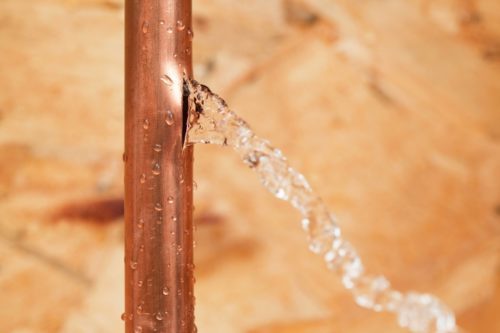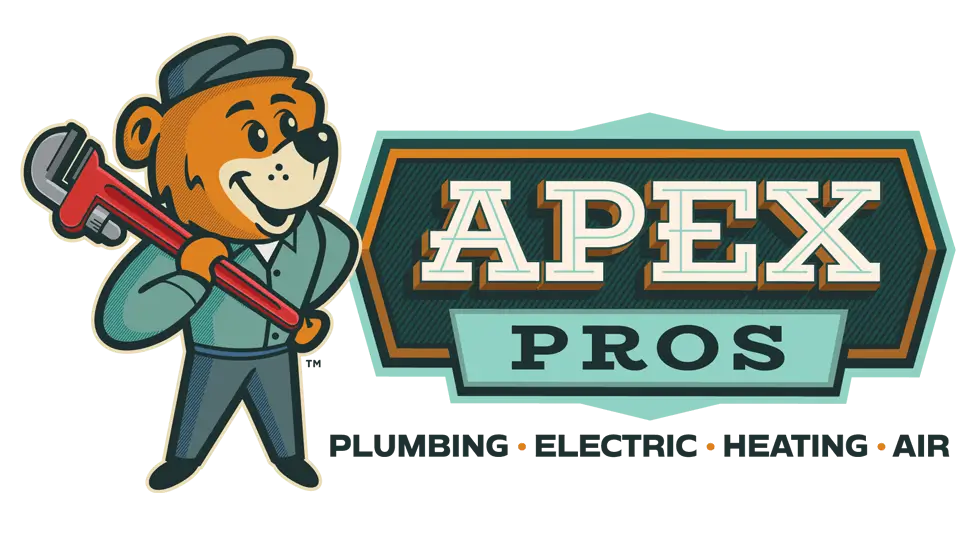
Building codes were written to ensure that every residential and commercial structure and its underlying systems are safe and work properly. All new buildings, remodels, and other construction projects are supposed to undergo a rigorous inspection to ensure everything is up to code. Nonetheless, code violations are still extremely common, whether because of a DIY project or a contractor simply not following all of the rules. When it comes to your plumbing, some code violations could cause your system to not work properly. Moreover, if your home or commercial building does have any plumbing code violations, it can lead to serious issues down the road should you ever decide to try and sell it. With that in mind, here are some of the most commonly seen plumbing code violations.
1. Using Improper Materials
Plumbing codes are very specific as to what type of material has to be used for different parts of your plumbing system, and using the wrong type of material can put you in violation of the code. Unfortunately, many people are unaware of these specifics, which results in using the wrong type of material for a specific task. For instance, using corrugated piping instead of cast iron, PVC, or ABS pipe for your drain lines.
2. Using the Wrong Type of Drain Trap or Not Installing It Properly
Every drain is required to have a drain trap, which is designed to prevent sewer gas from venting back up the drains. We often encounter older buildings where no trap is installed, which is an obvious plumbing code violation. It is also a violation if the drain trap is not installed properly. Similarly, using the wrong type of trap is another violation. For instance, using an S-trap instead of a P-trap.
3. Plumbing Is Improperly Vented
Your plumbing system should be connected to a series of vent pipes that eventually lead up and out through the roof. This system is designed to vent sewer gasses away from the building. However, sometimes this vent system isn’t designed properly and, instead of venting the gasses vertically out through the roof, vents them out of the building horizontally or even vents directly into the attic or another part of the building.
4. Not Leaving Enough Space Around the Toilet
Plumbing code also states that there needs to be a certain amount of space in between the side of the toilet and the wall. Failing to leave the required space means your bathroom is in violation of the code. Similarly, the code also dictates the amount of space you need to leave around other bathroom furnishings like sinks and vanities. This is an especially important thing to keep in mind should you decide to remodel your bathroom as, if you violate the code, you could be forced to tear everything out and start again.
5. Drain Pipes Don’t Have Enough Slope
Your drain pipes rely mostly on gravity in order to move wastewater out and away from your home to the sewer main. This is why plumbing codes also dictate that your drain lines have a certain degree of downward slope. If your drain pipes don’t have the proper slope, it is not only a violation but could also cause your pipes to not drain properly. In some cases, it could even lead to them draining backward and backing up inside the building.
6. Drain Pipes Aren’t the Right Size
Code also dictates that your drain pipes must be a specific size depending on the type of drain and its function. Typically, code violations of this nature are mostly related to the pipe being too small for its specific use. However, using a pipe that is too large can also be a violation.
7. Relief Valve on the Water Heater Is Improperly Installed or Plugged
Your water heater is designed with what’s known as a temperature and pressure relief or T and P valve. This is a standard safety feature on all water heaters, which is designed to release water from the tank if the temperature or pressure rises too high. Otherwise, the tank could end up exploding due to the pressure without this safety feature. If the relief valve is incorrectly installed, plugged up, or has been removed, then the water heater is in violation of code.
When the valve is triggered due to high heat or pressure, it automatically releases some water out of the tank to reduce the pressure. In most cases, there will be a floor drain located next to the water heater. Nonetheless, the valve could still cause some water to pool up around the unit. Unfortunately, when this happens, some people end up plugging up or even removing the valve in an effort to stop the water from leaking out of their tank. Not only is this a code violation, but it can also be extremely dangerous and could cause your water heater to explode.
8. Water Shut-Off Valve Doesn’t Work or Is Inaccessible
Every building is required to have a shut-off valve so that the water can be quickly turned off in the event of an emergency. If the valve is broken, damaged, or simply too old to open and close anymore, this is a violation of code. Similarly, it is also a violation if the valve is somewhere that it cannot be easily accessed, such as behind a wall.
9. Not Having Enough Sewer Cleanouts or Inaccessible Cleanouts
Plumbing code also specifies that a building needs to have a certain number of sewer cleanouts. Specifically, the Uniform Plumbing Code requires that every horizontal drain pipe needs a cleanout at its upper terminal and that there are additional cleanouts for every 100 feet of piping. Commercial buildings are also required to have a separate cleanout for each urinal in the building. These cleanouts are important as they allow the drains and pipes to easily be cleaned out in the event of a clog. If the building does not have the required number of cleanouts in the right locations or if the cleanouts are inaccessible, this is another code violation.
10. Using a Sewer Cleanout as a Drain
Although this is much less common, there are situations where people use their main sewer cleanout as a drain. For instance, some people with a backyard hot tub or pool run a hose from it to their sewer cleanout every time they need to empty it. However, this is also a plumbing code violation. In general, the cleanout should always remain sealed shut and only ever opened in the event of a clog.
Trust the Professionals
The easiest way to avoid code violations is to seek the help of an experienced plumber for anything but the most basic plumbing tasks. In this way, you can be assured that the work will be done properly and according to code. If you’re in need of any residential or commercial plumbing assistance in Columbus, Apex Plumbing, Heating, and Air Pros are ready to help. We offer service for water heaters, drain lines, sump pumps, water filters, and all other plumbing fixtures. We also specialize in excavation, sewage line inspection and repair, water main repair, and more. If you have any questions about plumbing codes or need any other information, don’t hesitate to give us a call.





